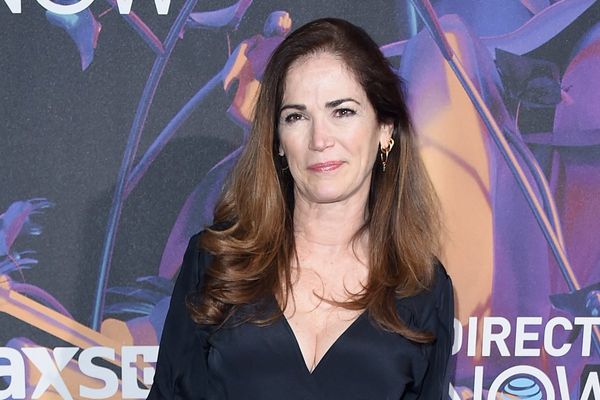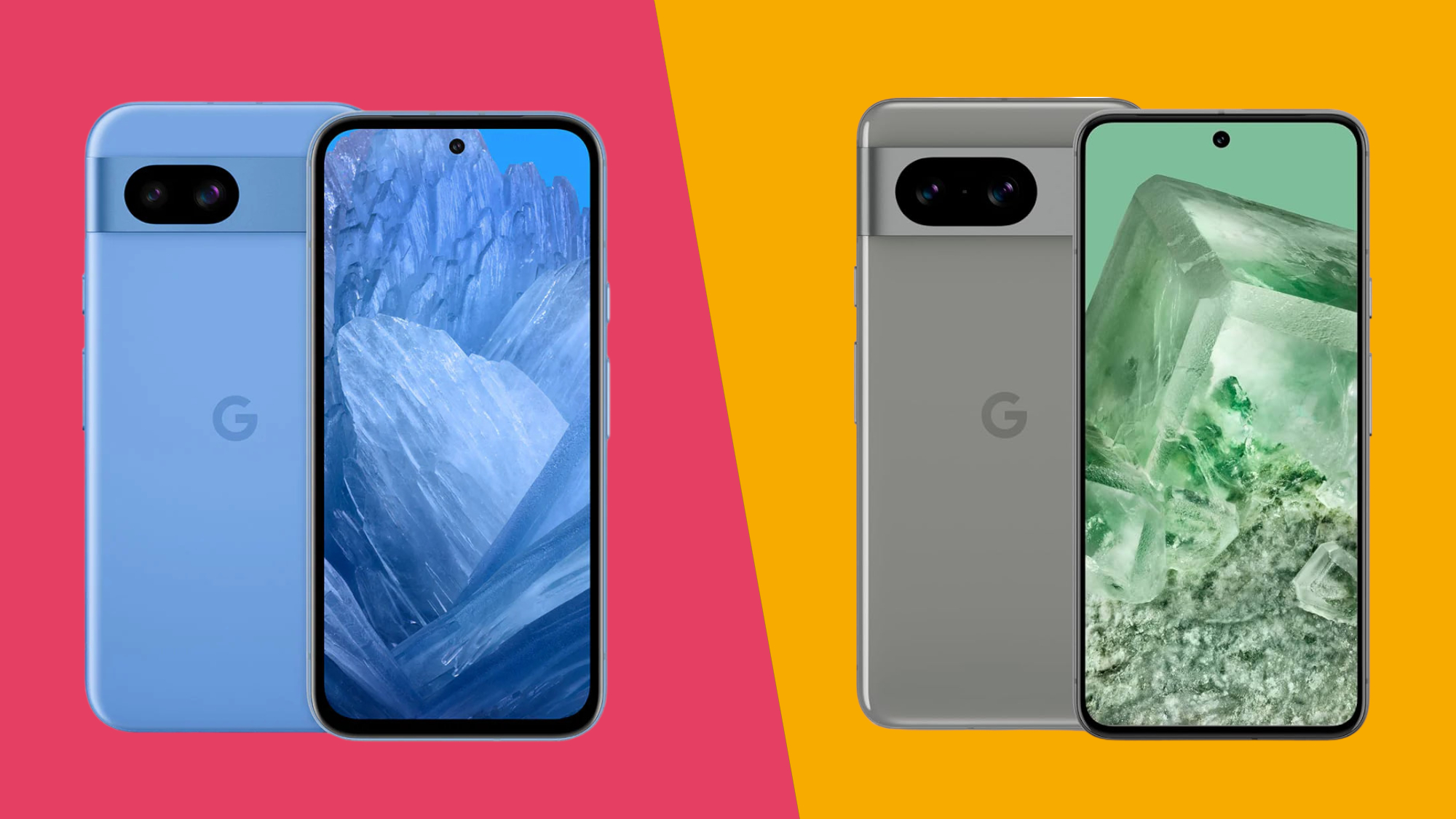
Weight: 188g
Dimensions: 152.1 x 72.7 x 8.9mm
Screen size: 6.1-inch
Resolution: 1080 x 2400
Chipset: Google Tensor G3
RAM: 8GB
Storage: 128GB/256GB
Battery: 4,492mAh
Rear camera: 64MP+13MP
Front camera: 13MP
The Pixel 8a doesn't feel as premium as the Pixel 8, but it does offer comparable specs for a cheaper price. Its battery life isn't great, but everything else about this phone is near-flagship quality.
For
- Useful AI tools
- Great color options
- Seven years of Android updates
Against
- Cameras are good, not great
- Battery life could be better
- Not as cheap as it could be
Weight: 187g
Dimensions: 150.5 x 70.8 x 8.9mm
Screen size: 6.2-inch
Resolution: 1080 x 2400
Chipset: Google Tensor G3
RAM: 8GB
Storage: 128GB/256GB
Battery: 4,575mAh
Rear camera: 50MP+12MP
Front camera: 10.5MP
The Pixel 8 boasts broadly similar specs to the Pixel 8a, but the former feels more premium in the hand, offers better water resistance, and sports an undeniably superior camera, despite its lower megapixel count.
For
- Capable Tensor G3 chipset
- Premium design
- AI camera tricks
Against
- Design changes are minor
- Minimal camera upgrades
- No temperature sensor
The Pixel 8a is Google’s latest budget phone, and what’s striking about it isn’t how it follows the Pixel 7a, but rather how closely it echoes the Pixel 8 – at least on paper.
Thanks to key tweaks to its design, display, and internal components, the Pixel 8a has had many people questioning the ongoing presence of the Pixel 8 in the line-up. But is that fair?
We’re here to find out. We’ve spent lots of time with both of these Google phones, putting them through their paces for our full Google Pixel 8a review and Google Pixel 8 review. So below, you’ll get the definitive verdict on how they match up.
Let’s start with a rundown of the key specs for both of these phones, followed by a point-by-point breakdown of what the facts and figures actually mean.
Google Pixel 8a vs Google Pixel 8: specs comparison
Here’s an overview of how the Pixel 8a and the Pixel 8 match up, spec for spec. As you can see, they’re ostensibly very similar devices indeed.
Google Pixel 8a vs Google Pixel 8: price and availability
The Pixel 8 hit shelves on October 4, 2023, while the Pixel 8a arrived about seven months later, on May 14, 2024.
Pricing for the Pixel 8 officially starts at $699 / £699 / AU$1,199 for the 128GB model, while you can double that storage to 256GB for $759 / £759 / AU$1,299.
The Pixel 8a is significantly cheaper, with a list price of $499 / £499 / AU$849 for the 128GB model. Again, you can double that storage to 256GB for $559 / £559 / AU$949.
With a $200 / £200 difference in price, then, it would appear to be a clear win for the Pixel 8a. Not quite. Thanks to the Pixel 8 having passed the six-month-old mark, it’s been receiving some sweeping discounts from third-party retailers and even Google itself.
Such offers ebb and flow, but we’ve seen the Pixel 8 selling for close to the price of the Pixel 8a. That makes this comparison all the more interesting.
Google Pixel 8a vs Google Pixel 8: design and display
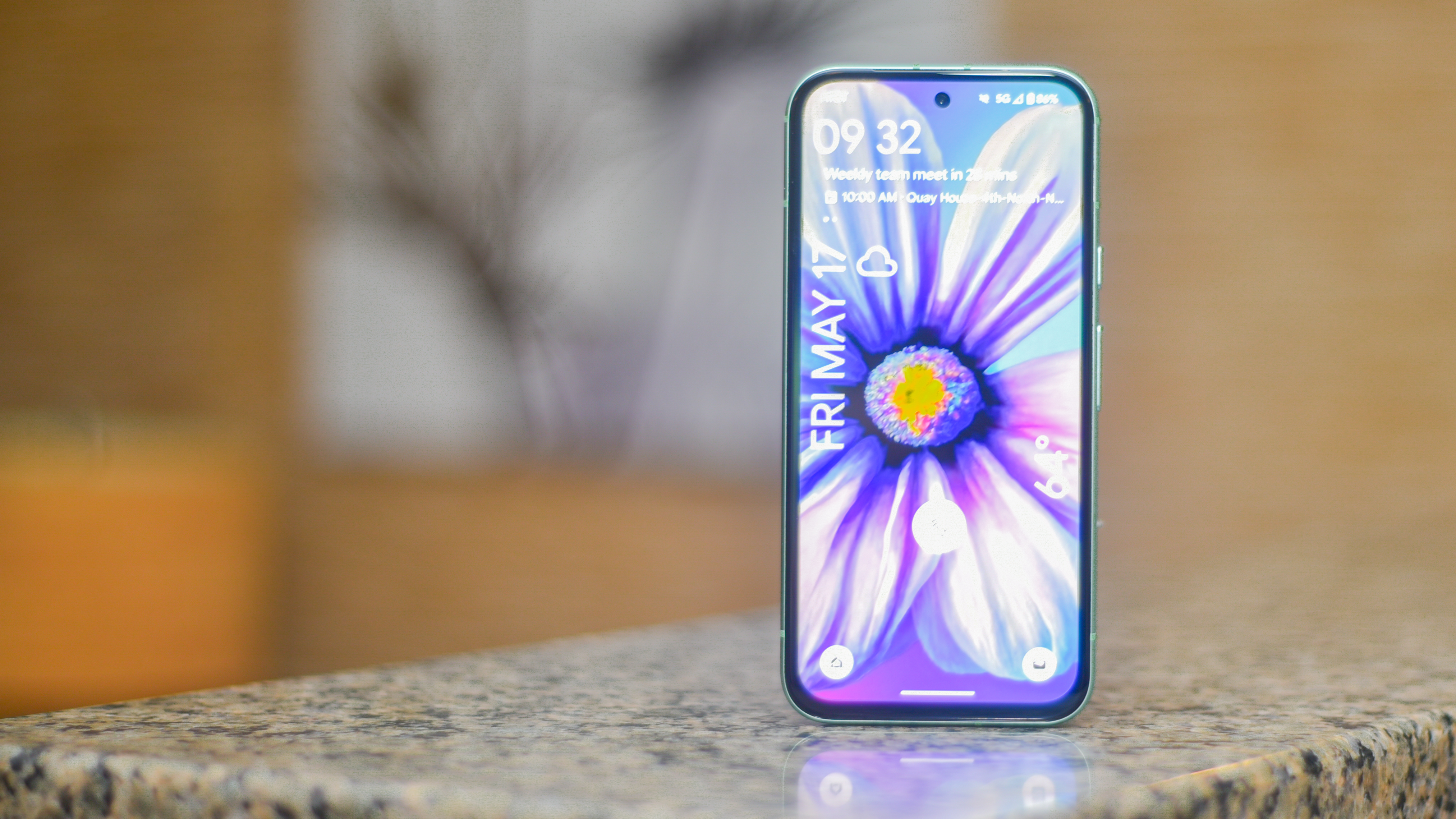
In design terms, as with so much else, the Pixel 8a is like the missing link between the Pixel 7a and Pixel 8. It has the plastic back of the former, rather than the latter’s glass rear, but some may actually prefer the Pixel 8a’s warmer, softer matte finish this time around.
The Pixel 8a’s corners have taken a turn towards the Pixel 8 too, offering a more rounded gradient. In fact, they’re even rounder. However, the Pixel 8 flaunts its flagship credentials with significantly slimmer and more uniform bezels. The Pixel 8a, in contrast, has a relatively large chin.
The two phones are almost exactly the same weight, with the Pixel 8a hitting the scales at 188g to the Pixel 8’s 187g. They’re also both 8.9mm thick, though the Pixel 8 has a slightly smaller footprint by about 2mm in either direction.
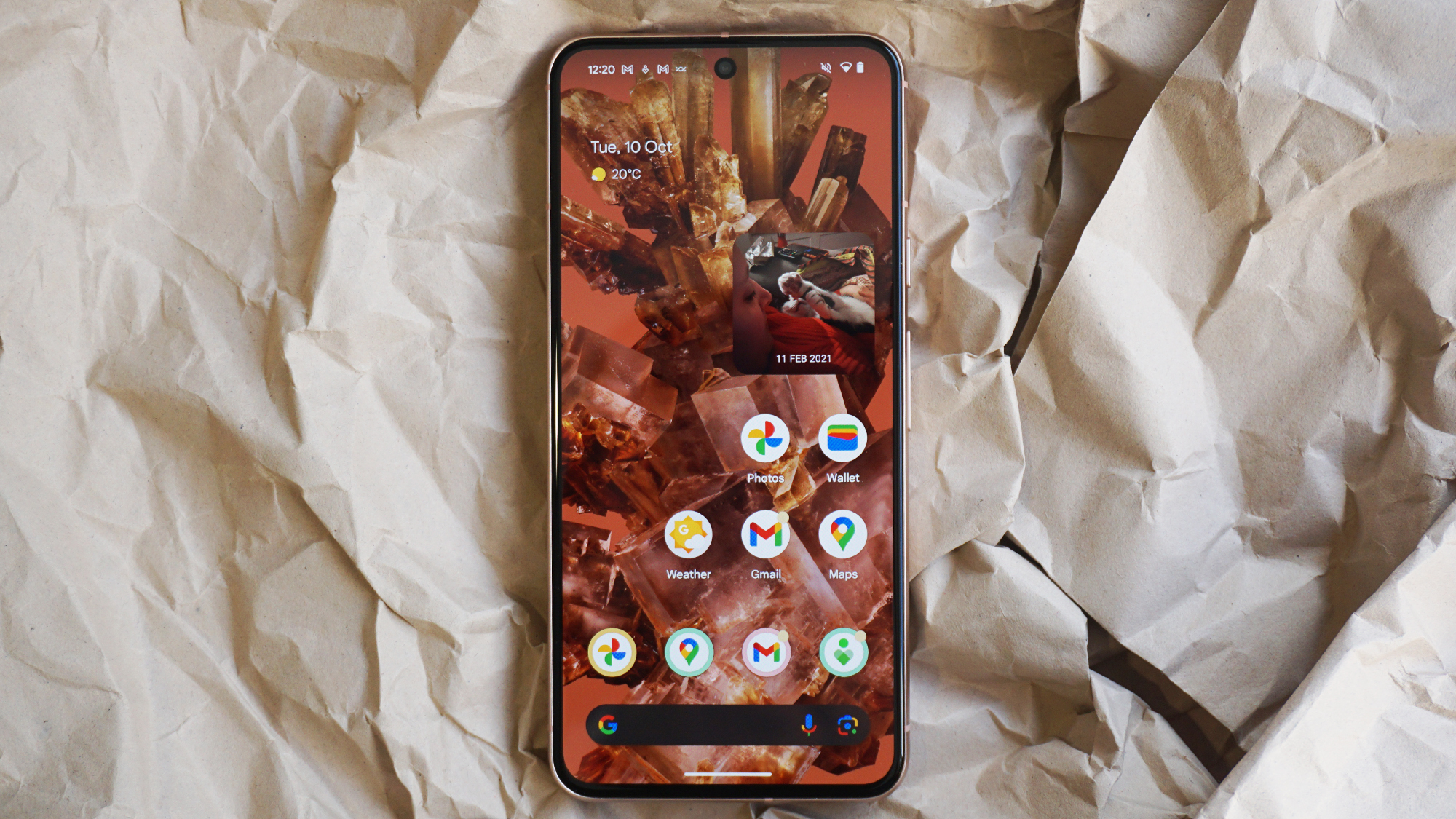
While the two phones look similar, you can tell that the Pixel 8 is a more premium bit of kit in the hand. Besides that cool glass rear and the smaller bezels, there’s a more pronounced camera visor that melts seamlessly into the metallic frame at either side. Conversely, there are clear seams between the Pixel 8a’s smaller visor and its own aluminum frame.
The Pixel 8 has a couple of less visible but no less superior design specs too; it comes with IP68 rather than IP67 water and dust resistance, and Gorilla Glass Victus rather than Gorilla Glass 3 on the display, as on the 8a.
Despite being fractionally smaller, the Pixel 8 screen is actually slightly bigger than that on the Pixel 8a. We’re only talking 6.2 inches versus 6.1 inches, but the difference is there.
Both screens are vibrant FHD+ OLEDs, but while Google says that each can hit a peak of 2,000 nits, the Pixel 8 can get noticeably brighter with the auto mode switched off. We recorded 655 nits for the Pixel 8a and 1,000 nits for the Pixel 8.
Both have a maximum refresh rate of 120Hz, meanwhile, and given the shared performance elsewhere, both screens provide an equally smooth experience.
Google Pixel 8a vs Google Pixel 8: cameras
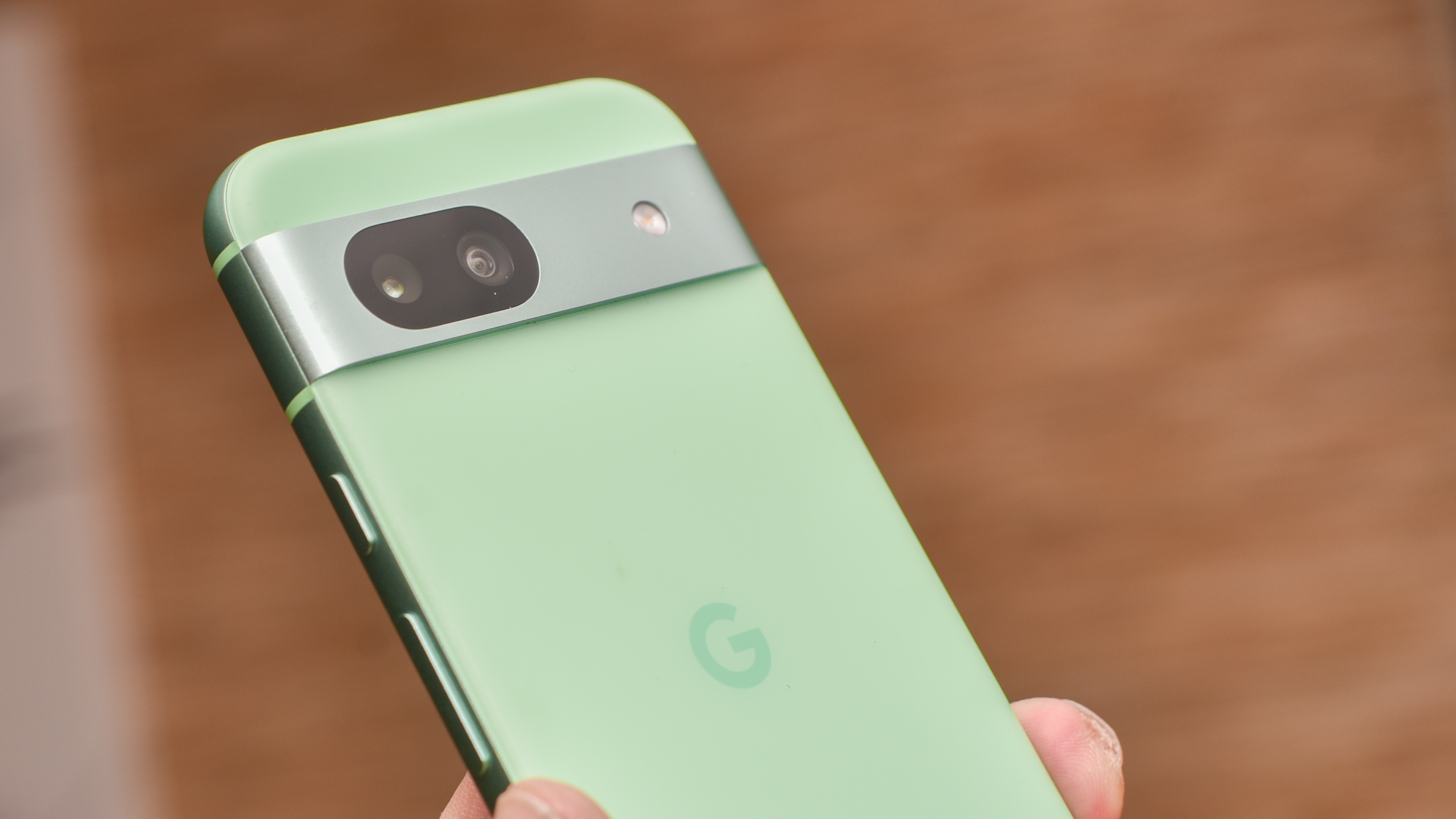
While both of these phones feature dual-camera systems, that’s about where the hardware similarities end, and the Pixel 8 holds a clear advantage on this front.
The flagship phone sports a large 50MP 1/1.31“ main sensor with a wide f/1.68 aperture. The Pixel 8a, on the other hand, copies the Pixel 7a’s 64MP 1/1.73” main sensor with an f/1.89 aperture.
Put simply, the Pixel 8’s main camera captures way more light than its mid-range sibling, and more light generally means crisper, clearer images – especially when you’re talking about two phones that use the same image processing algorithms. It can take clearer Night shots as a result, and can also take sharper 2x zoomed snaps.
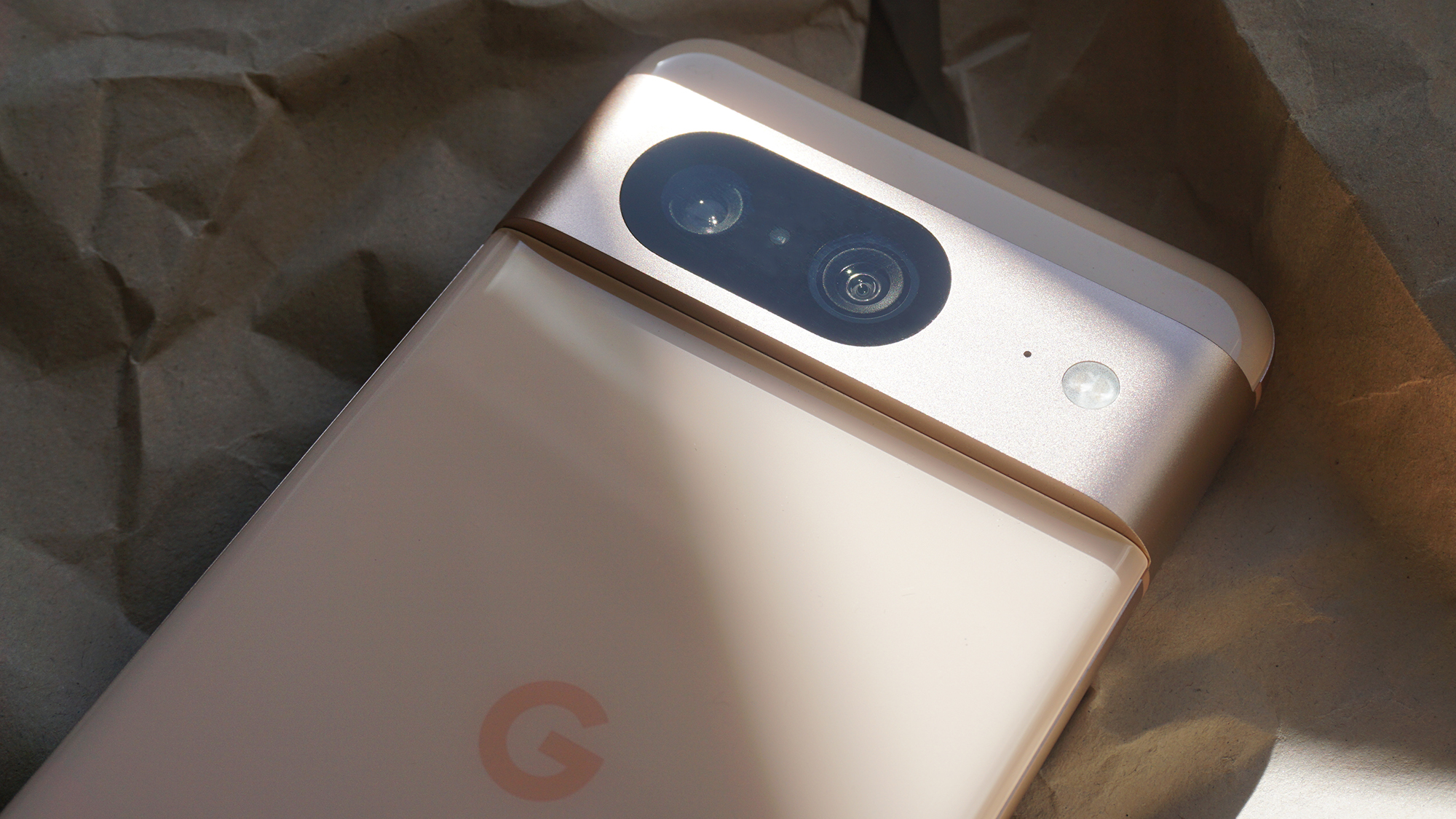
The secondary cameras are different, too. The Pixel 8 has a 12MP 126-degree ultra-wide with autofocus, while the Pixel 8a has to make do with a 13MP 120-degree unit and a fixed focus. In addition to capturing larger pixels and having a wider angle, the Pixel 8 ultra-wide’s autofocus also allows it to double as a macro camera – a function the Pixel 8a lacks.
With all that said, the Pixel 8a camera system is capable of all the same AI tricks as the Pixel 8. Best Take lets you manipulate group photos to ensure everyone is smiling, for example, while Audio Magic Eraser lets you remove unwanted background noise from videos.
Meanwhile, the Pixel 8’s 10.5MP selfie camera captures fewer but bigger pixels than the 13MP Pixel 8a.
In comparing these camera systems, the difference isn’t stark. Google’s renowned camera performance is largely built on image processing excellence, and that counts for both phones equally – especially as they’re running on identical Tensor G3 chips.
Even so, the Pixel 8 takes better pictures, plain and simple.
Google Pixel 8a vs Google Pixel 8: performance and software
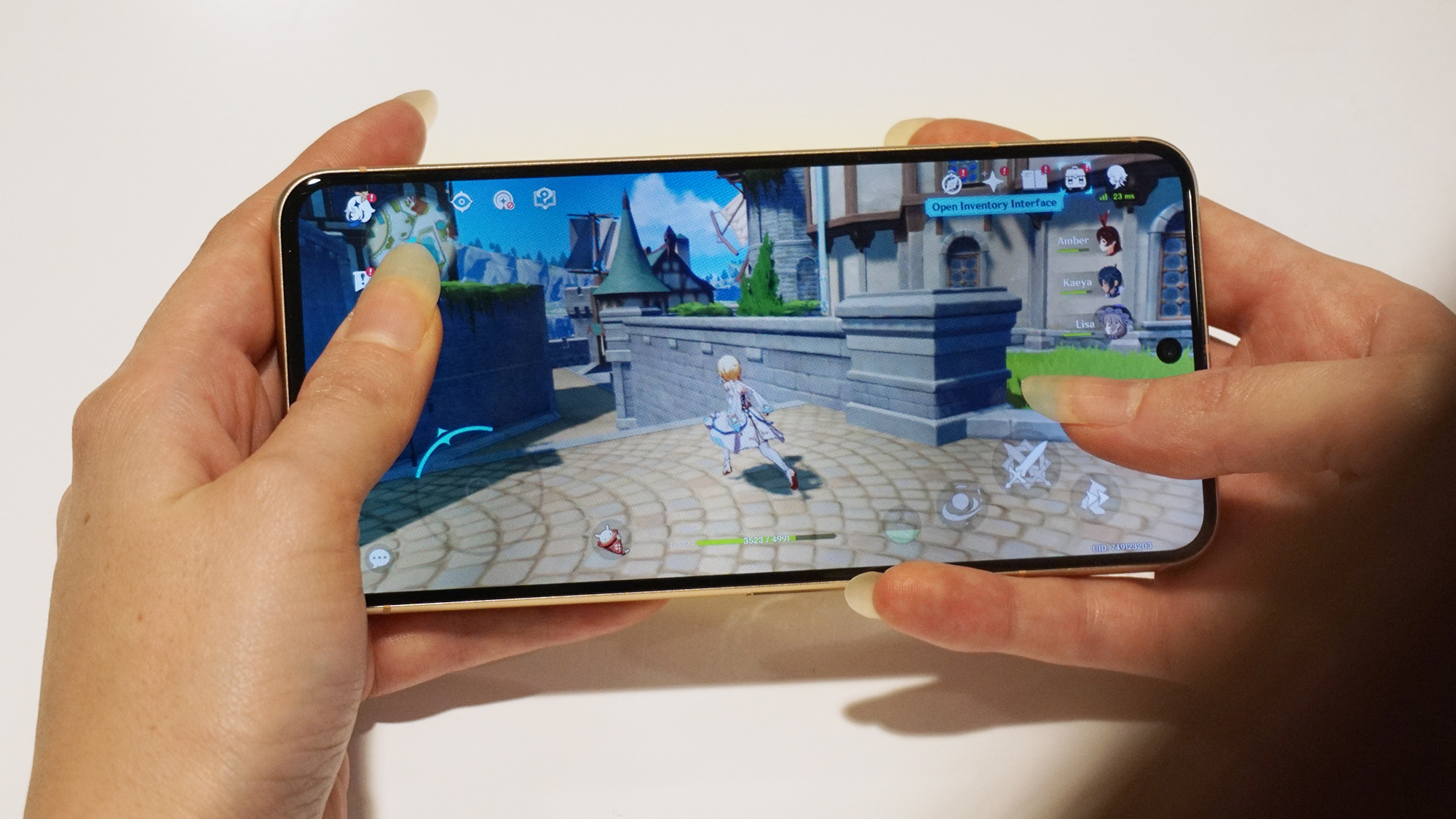
The two areas where these phones are nearly impossible to separate are performance and software. That’s because on both counts, they’re nigh-on identical.
Google has used the same 4nm Tensor G3 chip that debuted in the Pixel 8 for the Pixel 8a.Or at least, we assume it has. With last year’s equivalent models, it turned out that the Pixel 7a’s Tensor G2 used an inferior packaging to the Pixel 7’s Tensor G2, making it technically run a little hotter. We presume the same is true this year, though that hasn’t been confirmed.
Not that our experience suggests anything amiss with the Pixel 8a. In both the CPU-focused Geekbench 6 and the GPU-focused 3DMark, both phones got almost identical scores.
Both phones run 8GB of RAM, and there are identical storage options too: 128GB and 256GB.
Unsurprisingly, both phones feel extremely fluid when flicking between home screens and apps. Both run the most advanced games well on high graphical settings, too.
The other side of this is software, with both phones running Android 14. Google’s UI is Android at its best, with slick menus, non-existent bloatware, and various smart AI features.
Both phones will have access to Google’s new Gemini AI assistant in time too, which lets you type, talk and add images for all kinds of help on the go, including summarizing your recent emails.
Google is offering the same seven-year update promise for both phones, which means you’ll be getting the latest version of Android and up-to-date security patches for years to come.
Google Pixel 8a vs Google Pixel 8: battery life
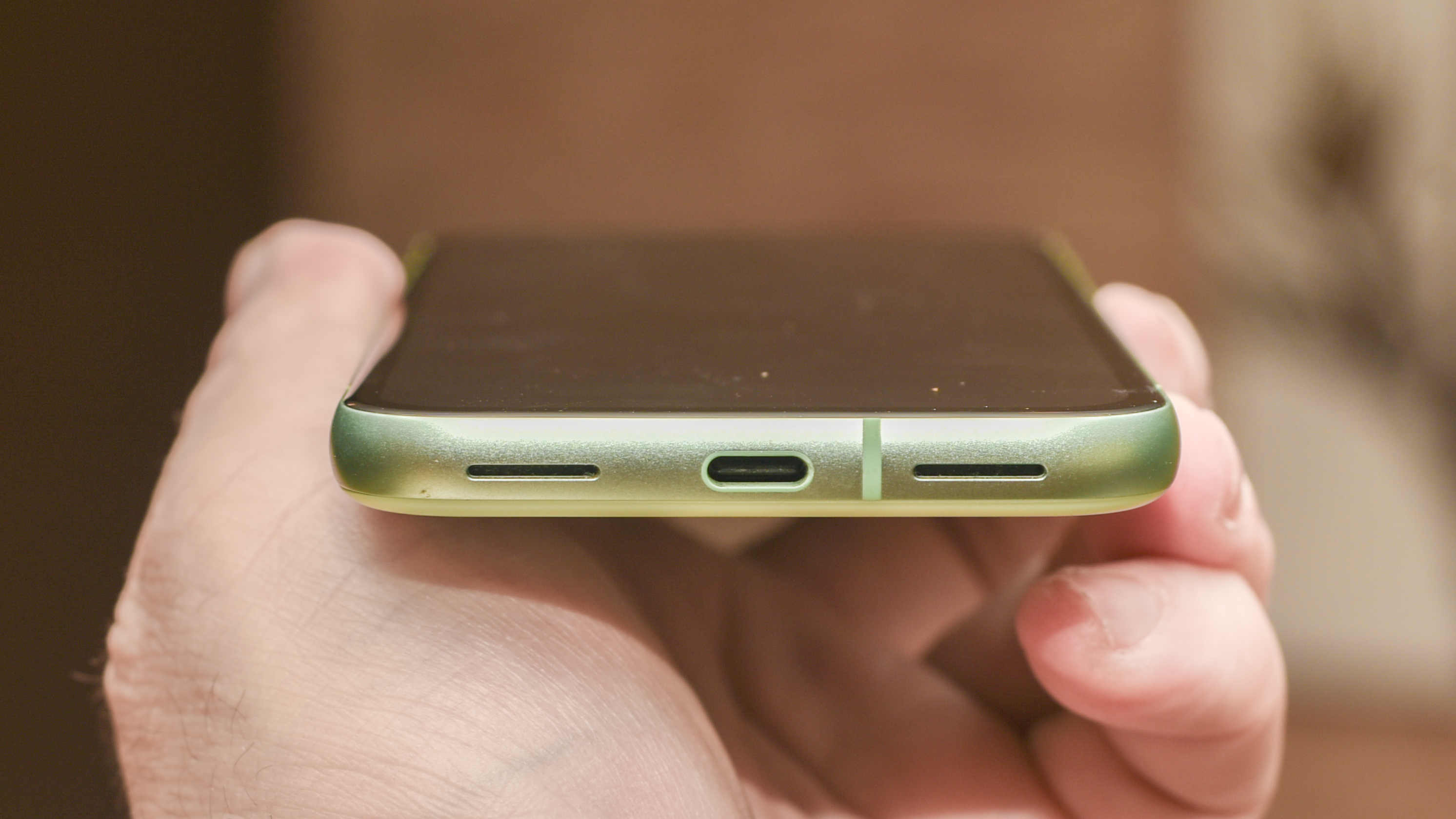
The Pixel 8 has the larger battery of the two, but only just. At 4,575mAh compared to the Pixel 8a’s 4,492mAh, there really is no meaningful difference here.
We’ll need to wait for our final verdict on the Pixel 8a before we can definitively say which phone has the better stamina – we’re still running our dedicated battery tests on it – but it’s looking very even at this point. Besides that similar battery capacity, there’s the same Tensor G3 chip and a broadly similar display – albeit the Pixel 8 screen is even brighter.
In reviewing the Pixel 8, we found that it could go through a full day of intensive usage, which equates to around 6 hours of screen on time. We’re hopeful that the Pixel 8a can achieve similar results, which would represent a big improvement over the Pixel 7a.
The Pixel 8 wins out on charging, however. It supports 27W wired and 12W wireless, which isn’t particularly impressive, but which comfortably trumps the Pixel 8a’s 18W wired and 7.5W wireless.
Google Pixel 8a vs Google Pixel 8: verdict

There’s no denying there’s a fair amount of overlap with these two phones. With broadly similar designs, performance, displays, and of course software, the flagship Pixel 8 would appear to be in a precarious position.
However, they’re far from identical, especially if you appreciate that hard-to-describe flagship feel. The Pixel 8 is made of more premium stuff, with superior water resistance and a pricier bill of materials, not to mention smaller display bezels.
It also packs an undeniably superior camera, even though the Pixel 8a takes brilliant images for the money.
If you can pick the Pixel 8 up at a steep discount, which is definitely possible this deep into its lifespan, it’s a flat-out better buy than the Pixel 8a as things stand. However, once the Pixel 8a price starts to drop, it’ll likely overtake the Pixel on value. The difference here could simply all come down to timing.

